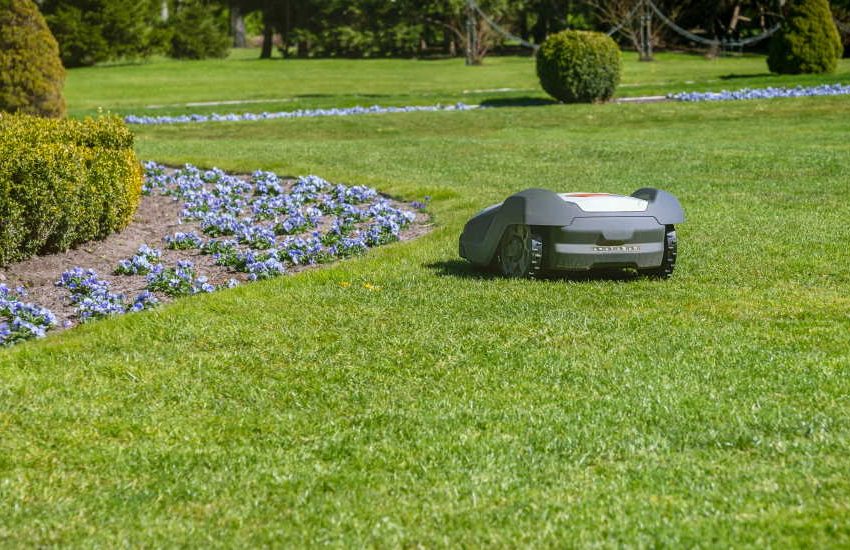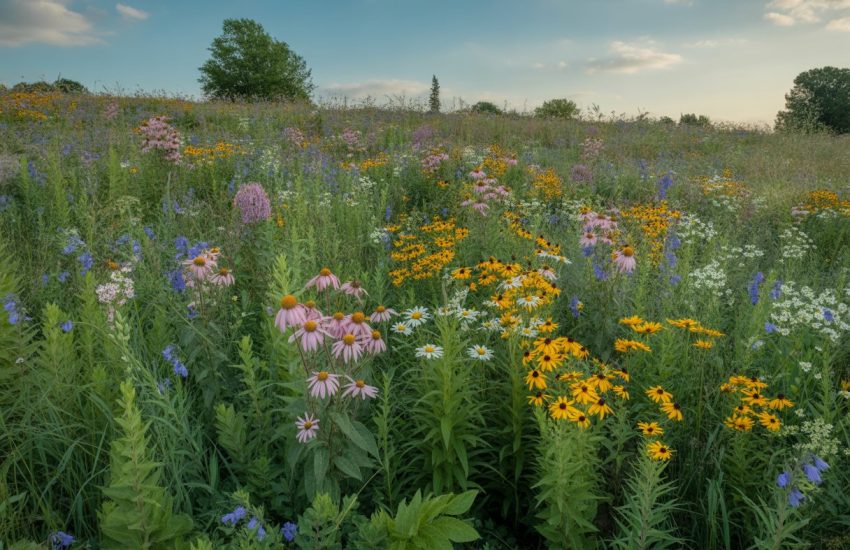Olive Trees : How to Plant, Grow & Care
Is there a better way to relieve stress than gardening? I think it is impossible if I have to speak for myself. However, contact with the earth while doing some gardening has always reduced my stress. For you, it can be hosting your neighbors in your wonderful garden, teaching your children gardening, or running around the garden with your dog. But the best way for this is to take care of the garden of your home. Whether you are experienced in gardening or new to gardening, there are certain types of plants that you will want to grow in your garden.
The most suitable climate for the growth of the olive tree is the Mediterranean climate. But olive trees can grow anywhere if protected from harsh winter conditions, even in your garden. The easiest way to do this is to put your tree in a pot and move it to a warm area. It may seem strange to see an olive tree in a pot, but this is a very popular idea nowadays.
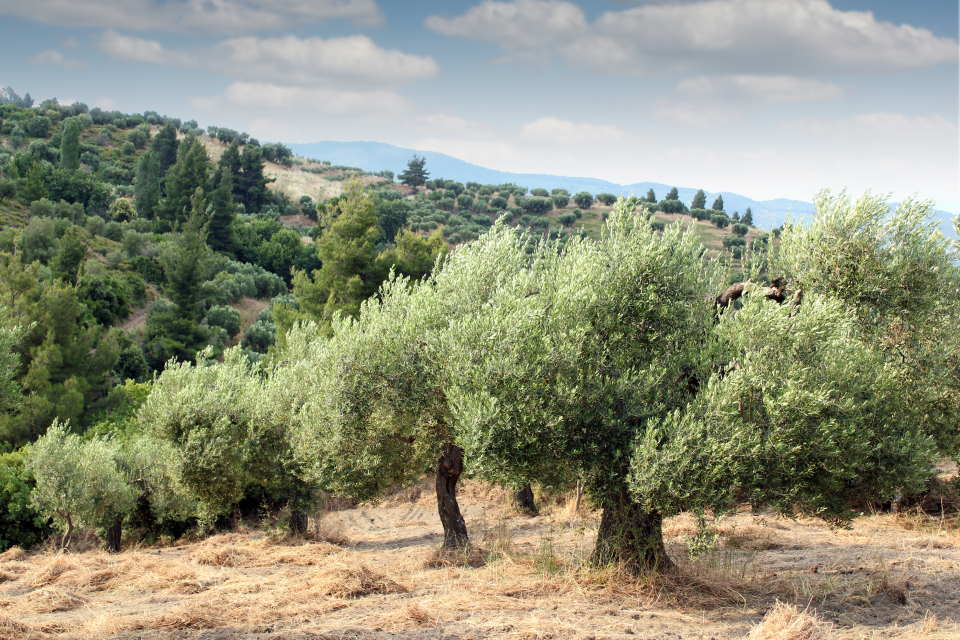
Dwarf varieties with 6 feet or less height are ideal for this purpose. If you plant the tree not for its fruits but only for its appearance, there are many fruitless olive trees to choose from, but keep in mind that the olive tree naturally evolved as an outdoor plant. If you want to grow olive trees in a pot in your home and not in your garden, do not forget to provide the conditions I will tell you in a moment.
So who does not want a tree that enhances the pleasure of looking with its white flowers that give off beautiful smells in the garden of their home and allows you to make your olive? As you can see from what I have said so far, in the rest of this article, we will talk about how you can grow an olive tree in your garden and gardening tips. For example, what is the best time to plant an olive tree, how to care for it routinely, how to plant it, and many questions you are interested in? So let’s start this beautiful gardening journey without further ado.
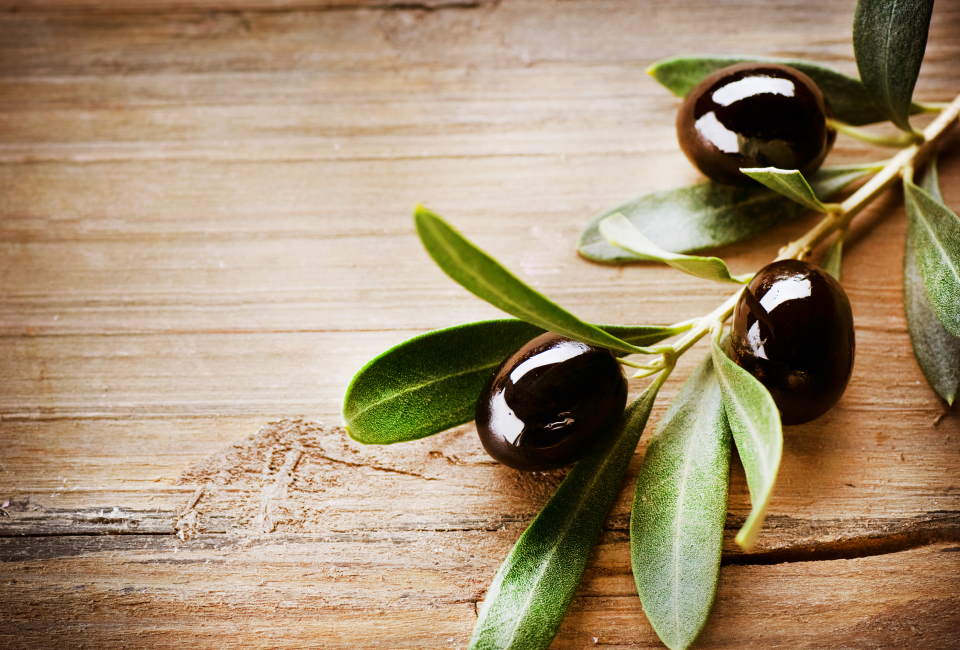
History of Olive Trees
Olive Trees are also known as “Olea Europaea” and are the oldest fruit tree and certainly one of the fruit trees with significant historical influences. Their gardening has played an important role in the rise and fall of the empire and other advanced Mediterranean civilizations for centuries.
At the same time, the olive tree symbolizes ‘peace and goodwill’ in history. For example, the Greeks agreed that they should avoid war during the period when the Olympic Games were held in their empire, and so that all their attention could be directed to their athletic events and games, they declared a worldwide truce using the olive tree branch as a symbol of peace.
5 Varieties of Fruiting Olive Trees You Can Grow
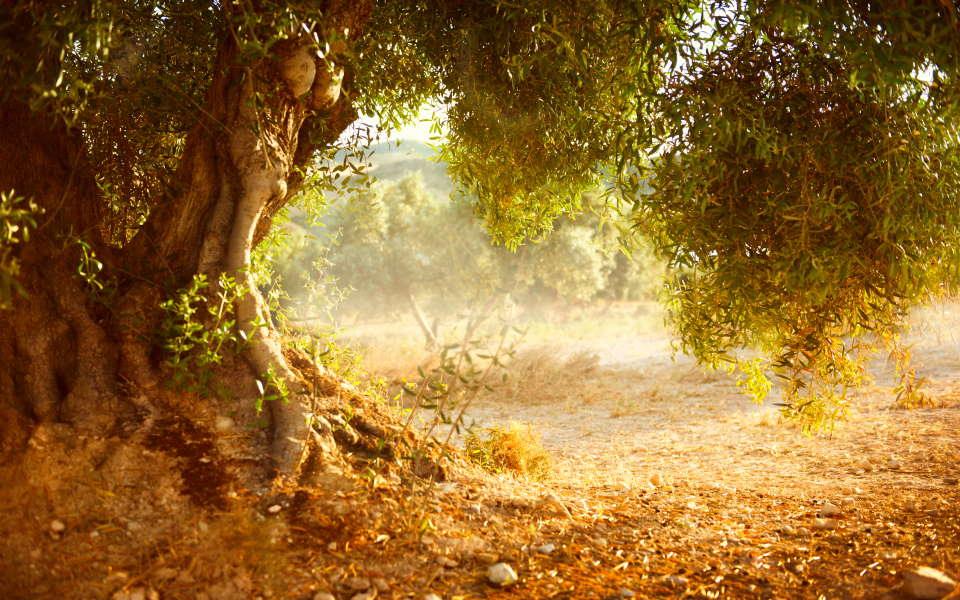
1-Arbequina
Albekina Olive, popular in the Catalan region of Spain, remains small as it shrinks and is often recommended for growing in containers. This is one of the cold-tolerant olive varieties. The fruits are small and light brown, with a firm texture and mild fruity taste, making them a very fruity oil.
2-Mission
Mission olives are more cold-resistant than most olive trees. It is believed to have been born in Spain and cultivated in California since it was planted in California by Franciscan missionaries in the 17th century. They perfectly match your garden, and their gardening needs are lower than other olive trees.
3-Picholine
Another great option for container cultivation is French picoline olives with a crispy, spicy, nutty flavor. The most common olive in France is perfect for nibbles, is well tolerated, and makes mild oils. Olives are harvested green for eating but can ripen black when used in oils.
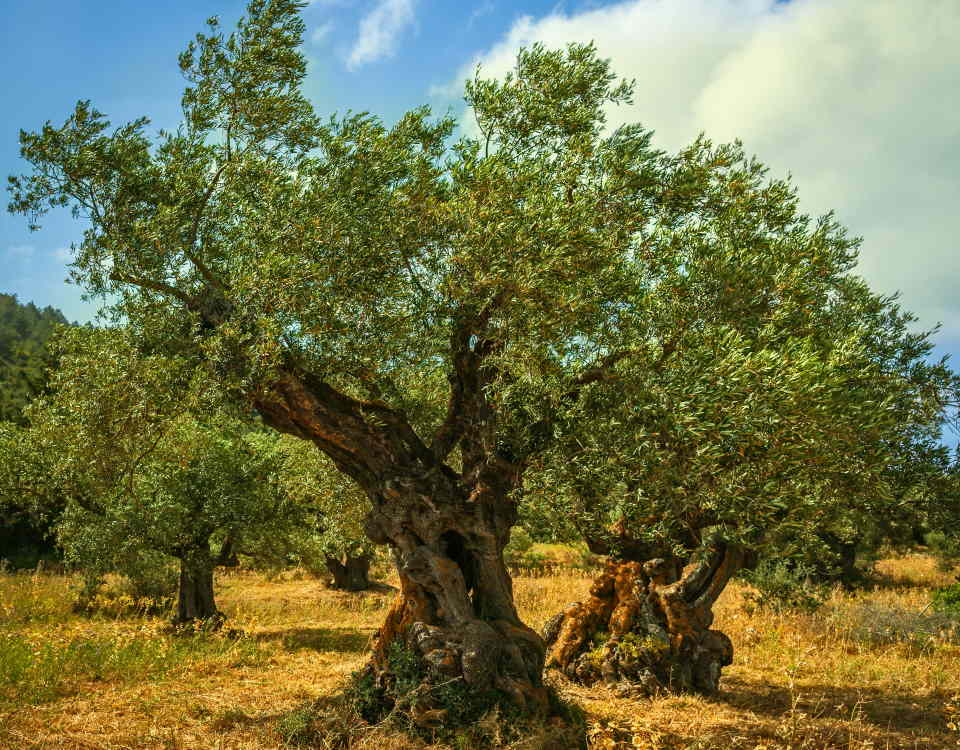
4-Manzanilla
If those big green olives are familiar, that is a good reason. Manzanilla is the most popular olive consumed in the United States. They are soaked in saltwater and often stuffed with pimiento or mixed with olive oil and garlic. A fascinating landscape tree with a swirling crown and knotty trunks, the Manzanilla olive tree grows slowly but yields very high. Popular as a small shade tree and for its delicious olives. However, it can be vulnerable to cold and illnesses like olive knots and verticillium wilt disease. However, if you care for them carefully, you can grow them in your garden.
5-Nicoise
Small black Nicoise olives, a staple of Southern France, are used in tapenades and Nicoise salads. It has a rich and smoky herbal flavor. Though believed to be native to France gardens, these are Italian Ligurian olives harvested in a ripe dark brown state and placed in saltwater with various herbs. Trees that love hot and dry gardening conditions have slightly hanging branches and green leaves that are wider than most olive varieties. Edible olives will be available within two years.
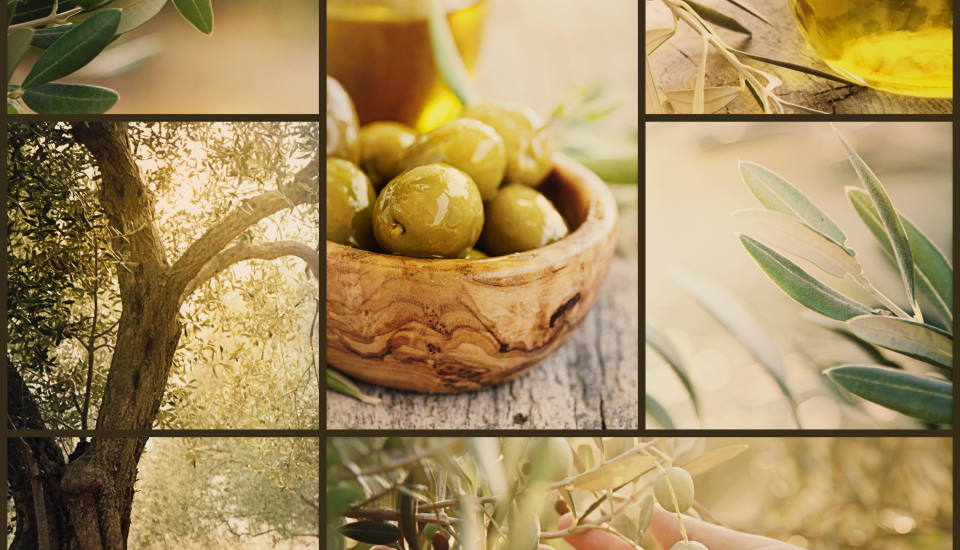
When to Plant an Olive Tree?
In gardening, spring and autumn are ideal for planting olive trees. If conditions can be met, it can also be planted in summer.
The recommended season for planting in cold climates is spring. The main advantage of planting in the spring is that the trees have enough time to grow before the cold weather. But it has significant advantages, as well as difficulties. For example, the soil’s dryness rate to be planted should be correct. Furthermore, for the seed to sprout when planted, it must be in dry soil with sufficient moisture content.
The advantage of planting in autumn in temperate climates is that the trees growing before the arrival of cold weather hibernate in winter and bloom directly with the arrival of spring.
Two elements need to be paid attention to when planting in summer. Before the heatwave hits, planting should be done, and regular watering should be done.
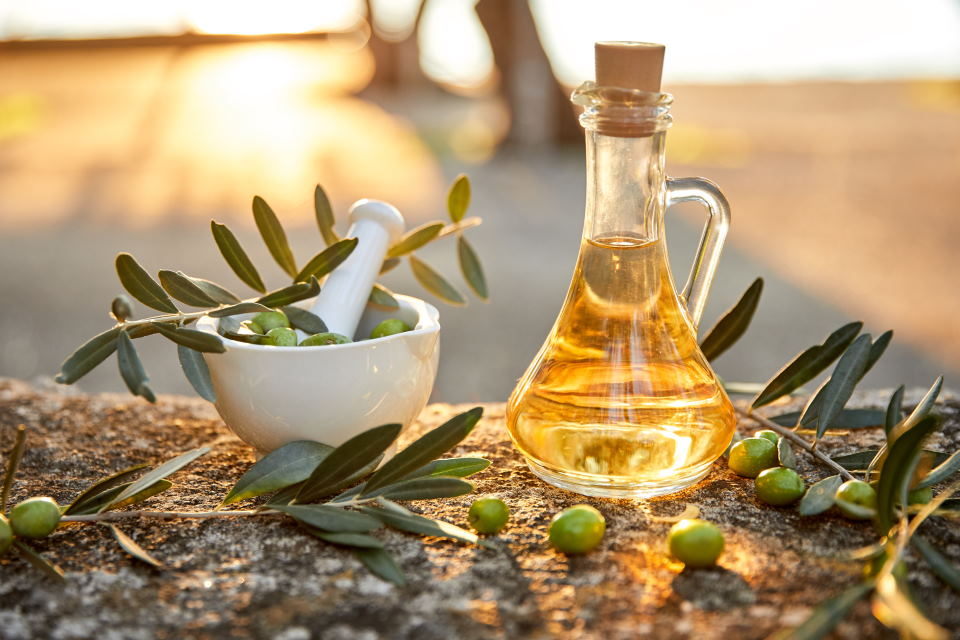
How to Plant an Olive Tree?
To escape the arduous and fragile process of growing seeds, I recommend buying a plant that is 4 to 5 feet tall, with healthily branches about 3 feet long, which was previously grown. You can easily find the grown ones in gardening centers or on the internet.
To begin planting, first, carefully make a hole in the ground with your garden tools. Be sure to make sure that you make a hole wide enough to fit the pot of the tree you purchased so that your tree is not damaged by not being fed enough.
When removing the plant from its pot, you should act carefully to ensure the roots are not damaged. If there are intertwined roots, you can use garden shears to separate them, but in doing so, make sure that you do not damage the main root.
Check one last time to make sure the roots are intact before planting in the hole you have opened. Then gently place the tree in the hole you have opened. Then close the hole using the soil from the area you are digging. Do not add any fertilizer or any substance that will enrich the soil.
After planting, water your tree to take root. Then, check the bark to make sure your tree takes root 2 or 3 weeks after taking all the action. If the bark is green, your tree is rooted, but if the bark is starting to turn yellow, I’m afraid you need to buy a new tree and do all the work carefully again.
How to Care for Olive Tree?
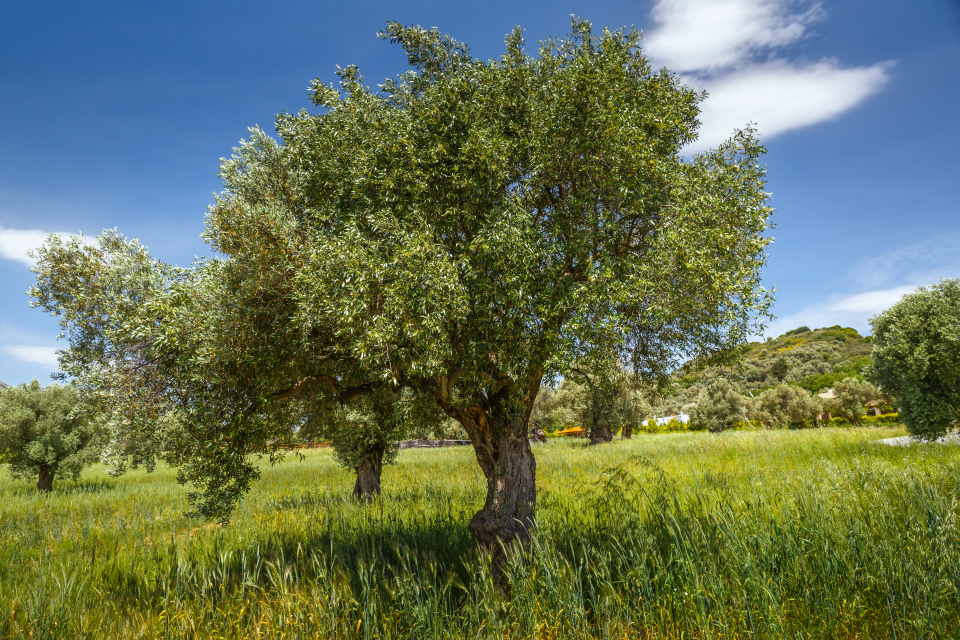
Watering
Olive trees are extremely drought-resistant, but the soil should not be allowed to dry out completely. Young olive trees are more vulnerable to drying due to poor root structures, but mature trees may also be damaged during a dry summer at high temperatures.
Since the drying trees will be under stress, the growth of flowers and fruits will stop. Mature trees do not need any watering during the winter, while younger trees or sprouts grown in the container should be less watered during the cold months.
Feeding
Your tree should feed light and often during the growing season. Applying liquid fertilizer every month from the beginning of March to mid-August is the ideal way to do this, and this application ensures the healthy growth of your tree. Your healthy growing tree will bear more fruit. Giving fertilizer to your tree regularly every year will please your tree.
Olive trees do not like to have moisture, so excessive watering should not be done. Over-irrigated trees begin to shed their leaves under stress. The roots of trees grown in pots can easily be flooded, so they should stand high above the ground, with holes opening at the pot’s base. To achieve this, you can use potted feet. If your pot is made entirely of terracotta, it will warm up more in summer. Therefore, more attention should be paid to the watering routine of trees grown in terracotta pots.
Pruning
This is the most critical part of gardening. The first thing to be considered in pruning is the cleanliness of the garden tools and equipment used in the pruning process. The garden tools should be kept in 5% water for at least 15 minutes. It is useful to have two of the garden tools.
After pruning, the pruned parts should be immediately removed from the garden. Caring should be taken not to injure the trees during the pruning process. To prevent air contact, the pruned parts should be immediately plastered with black paint or 1% burgundy slurry. If you cannot provide any of these materials, then large wounds should be covered with earth.
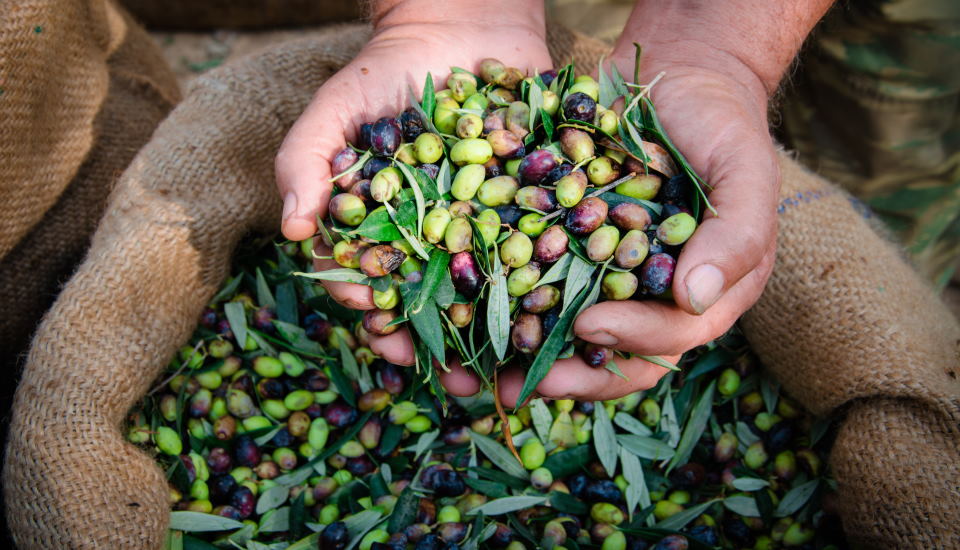
Pruning olive trees have different challenges. If possible, contact a guiding person or seek help from a video before pruning. After planting, you do not need to prune for a year. You should start training the tree from the second year to have a proper trunk structure. To maintain the proper body structure, you should regularly prune every year from the first year.
You should prune the tree so that there are four branches in total, one major, but in doing so, the side branches should be far from the main branch. After a few years, you can provide a secondary scaffolding system by pruning the three branches you left as a side branch again.
Olive trees bear fruit in fresh branches that develop in the preceding year. A fruiting branch will never bear fruit again. Previously fruiting branches should be pruned in the spring, but the newly growing branches should not be touched.
When you see sprouting, water regularly, once you get past this part, no gardening job will challenge you anymore.
In Winter
Olive trees are resistant to cold. But young trees may need to be protected from the cold for a year or two. But in heavy snowfalls or during the harsh winter months, even adult trees can be damaged. However, it can be easily protected by polar dressing. Young olive trees grown in pots can be moved to a warmer and more protected area in winter. But to produce fruit again, the tree must be regularly exposed to a temperature change of 50 Fahrenheit or below between night and day for two months.
Most Common Disease
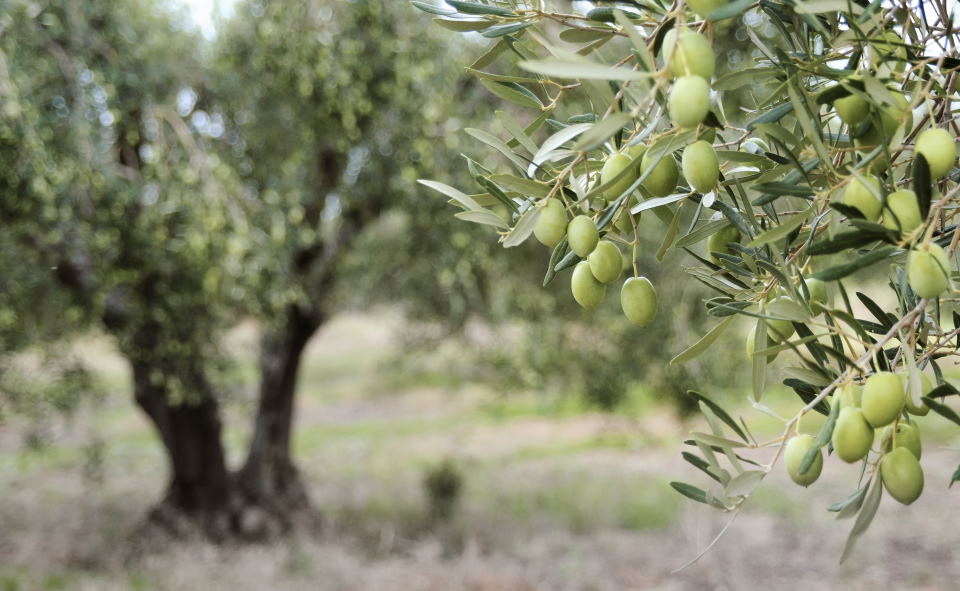
Black Scale
Severe black scale invasion (Saissetia Oleae) stops your tree from growing. The tree stops growing, stops fruiting, and sheds leaves early. Then the branches begin to dry out. Black scales produce honey extract on which sooty mold grows. This black honey extract prevents photosynthesis. The tree, which does not affect photosynthesis, begins to lose its vitality.
The fertile female black scales are approximately 0.07-0.19 inches long, 0.039-0.15 inches wide, and 0.047-0.1 inches high. When females begin to produce eggs for breeding, they lose the brownish H shape on their backs and become completely black. It can lay hundreds of eggs at once.
After the incubation period, baby spiders become pale pinkish-orange in color. They mostly appear in the summer. They first appear in early December, and a second generation can form in the fall. Horticultural oil spraying is the most effective method for the crawler stage. A scaler must be used to check eggs hatched under the scale cover. Eggs usually hatch over a three to five-week period. So you need to spray regularly once every two weeks.
If you have different trees in your garden, you can use anti-ant drugs to prevent them from spreading. It is also useful to disinfect the garden tools you use.
You may also be interested in:
Elderberry (Sambucus Nigra) How to Grow and Care

